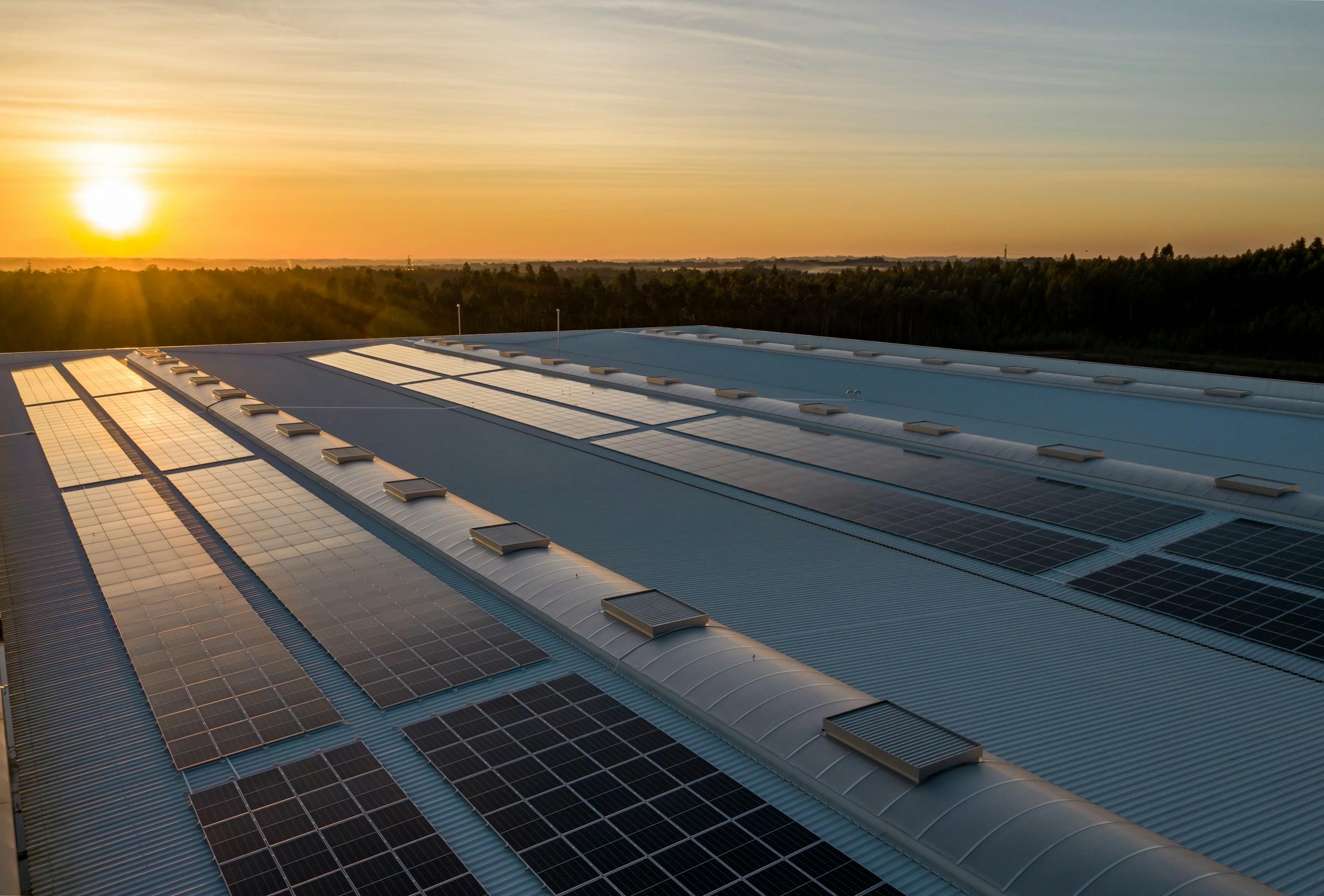Read time: 6 mins
Based on Solar for renters: Investigating investor perspectives of barriers and policies, by Mara Hammerle, Lee V White, and Bjorn Sturmberg, published in March 2023.

Investment in rooftop solar photovoltaic panels on rental properties is being stalled by property investor perceptions that they would receive minor returns, with most benefits flowing to renters. Policies seeking to increase the deployment of solar on rental properties will need to overcome this perception by bringing all stakeholders in the rental market – investors, renters, and property managers – to understand the value of solar.
Read time: 6 mins
Based on Solar for renters: Investigating investor perspectives of barriers and policies, by Mara Hammerle, Lee V White, and Bjorn Sturmberg, published in March 2023.
1
Owners won’t install rooftop solar on investment properties until they understand the benefits.
2
Apartment owners expect to face difficulties installing solar, such as legal challenges or lack of roof space.
3
High upfront costs, and expected inability to recoup costs through rents, are the greatest perceived barriers, but offering loans is not a simple solution to this.
The policy problem
It’s very difficult to find a rental property with rooftop solar. In 2017-18 (the latest figures available) only around four per cent of renters in Australia had rooftop solar, compared to 25 per cent of homeowners. This limits the ability of renters to benefit from decreased electricity bills associated with solar installation.
To remedy this situation, it is necessary to understand what property investors perceive as core barriers to installing rooftop solar on rental properties and to assess the feasibility of policy design mechanisms to address these barriers.
The findings
Research led by ANU suggests that investors’ perceptions of an unfavourable distribution of benefits is the primary barrier to further investment in solar on rental properties. In other words, investors believe there are simply not enough positives for them. Another major barrier is the substantial upfront cost of solar.
The researchers found that policy options that reduce upfront costs (like interest free loans) appear to appeal to only a minority of property investors. Nor were the property investors swayed by the idea of a potential mechanism that could share the financial benefits of solar by distributing feed-in tariff payments to property investors, either through their bills or a third-party not-for-profit. This option wasn’t preferred by any property investor group, suggesting that it willl be necessary to explore different benefit distribution mechanisms.
They also tentatively found that some property investors are less averse to paying for solar when they perceive that tenants will pay higher rents for a property with solar. But these findings weren’t robust across model specifications and couldn’t be considered conclusive. This is, however, the most promising area for future policy design and future research.
Possible policy responses
Further consider opportunities for co-creation between stakeholders in designing policies to promote solar PV on rental properties
"Investors believe there are simply not enough positives for them."